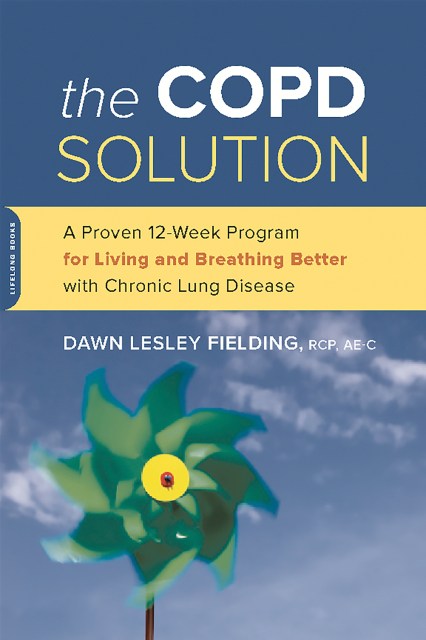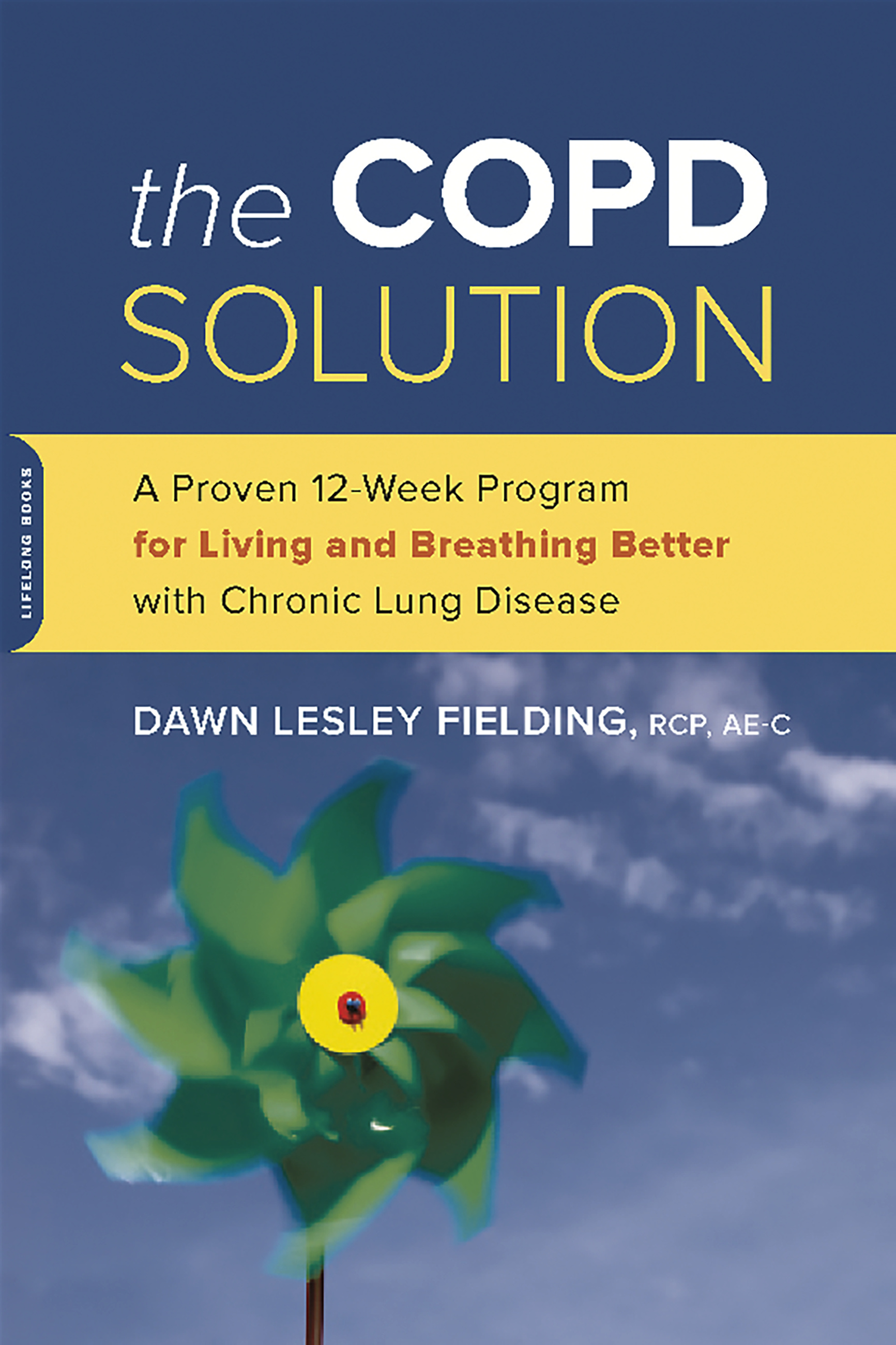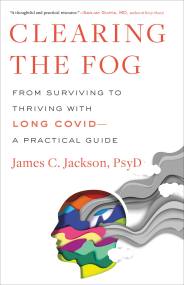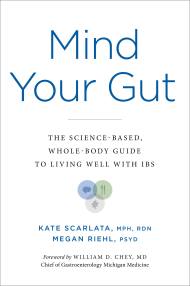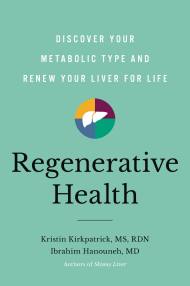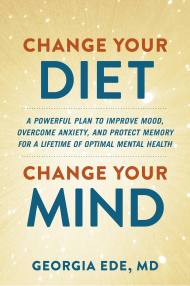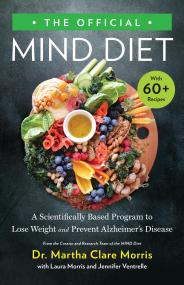Promotion
Use code MOM24 for 20% off site wide + free shipping over $45
The COPD Solution
A Proven 10-Week Program for Living and Breathing Better with Chronic Lung Disease
Contributors
Formats and Prices
Price
$19.99Price
$25.99 CADFormat
Format:
- Trade Paperback $19.99 $25.99 CAD
- ebook $11.99 $15.99 CAD
This item is a preorder. Your payment method will be charged immediately, and the product is expected to ship on or around January 26, 2016. This date is subject to change due to shipping delays beyond our control.
Also available from:
what COPD is and how it affects your breathing
the most up-to-date medication and treatment options
how to track symptoms and medications
essential breathing techniques to improve oxygen intake
strategies for healthy nutrition and gentle exercise
what to eat and what to avoid, with lists of key COPD foods
With stories from others with this condition, easy charts for managing everything from your medications to your symptoms, as well as hands-on tips for you and your loved ones, The COPD Solution is your guide to reclaiming your life and living fully with COPD.
Genre:
- On Sale
- Jan 26, 2016
- Page Count
- 336 pages
- Publisher
- Da Capo Lifelong Books
- ISBN-13
- 9780738218250
Newsletter Signup
By clicking ‘Sign Up,’ I acknowledge that I have read and agree to Hachette Book Group’s Privacy Policy and Terms of Use
